Diagnostic manual may need to separate repetitive behaviors
A detailed analysis of the behavior of 6,500 children suggests that five types of behaviors lumped together in current diagnostic guidelines should each be considered separately.

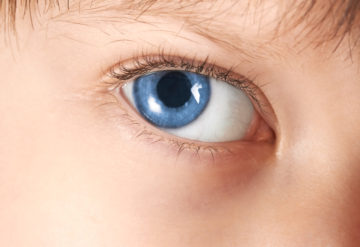

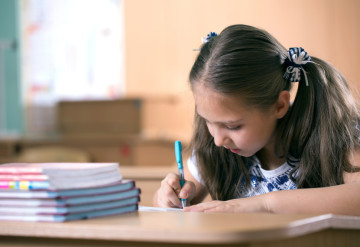
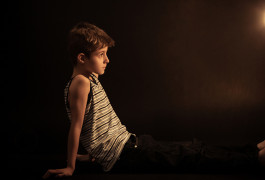
A detailed analysis of the behavior of 6,500 children suggests that five types of behaviors lumped together in current diagnostic guidelines should each be considered separately.
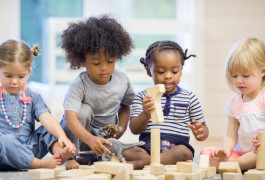
Clinicians are underdiagnosing autism in children from low-income families and minority groups — setting back their potential to benefit from therapy.
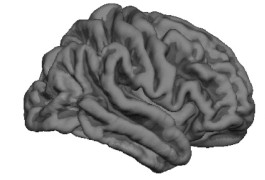
A brain region involved in reading faces has fewer folds in toddler boys with autism than it does in controls, a structural difference that could be related to social difficulties.
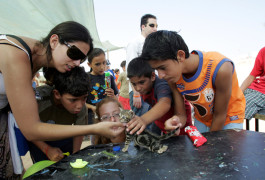
Researchers are trying to study autism in one of the most politically and economically unstable regions in the world.
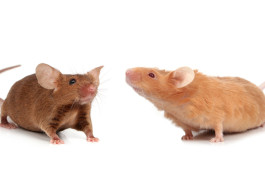
Mice with a mutation in CHD8, the top autism gene, show no signs of any of the condition’s core features.
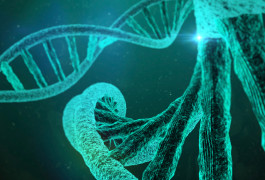
Mutations in TSC2, a gene typically associated with a syndrome called tuberous sclerosis, are found in many children with autism.

A video-guided screening tool may boost the reliability of parent reports about autism-like behaviors.

Scientists give their perspectives on work presented at the 2016 International Meeting for Autism Research.
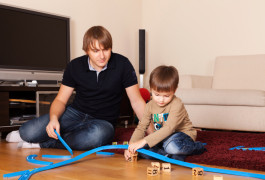
A new tool may be more useful than the current gold standard for assessing whether an autism treatment improves social communication.
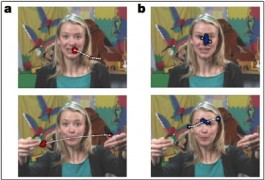
Identical twins, who have virtually the same genetic material, show highly similar patterns of eye movements when looking at faces, suggesting that social gaze is hardwired.